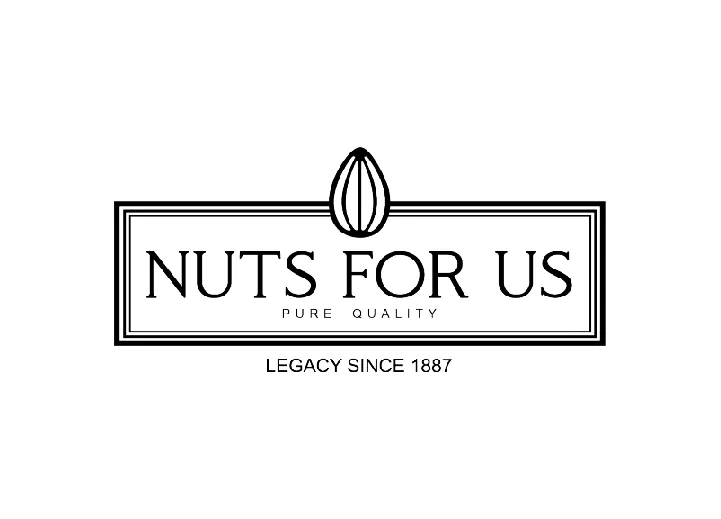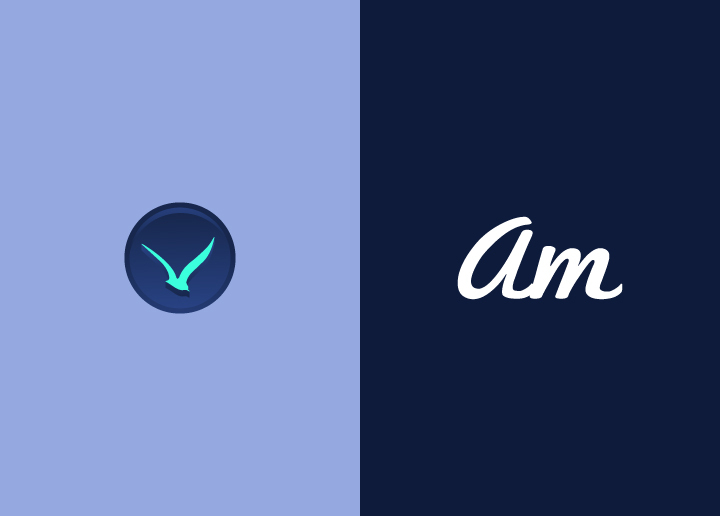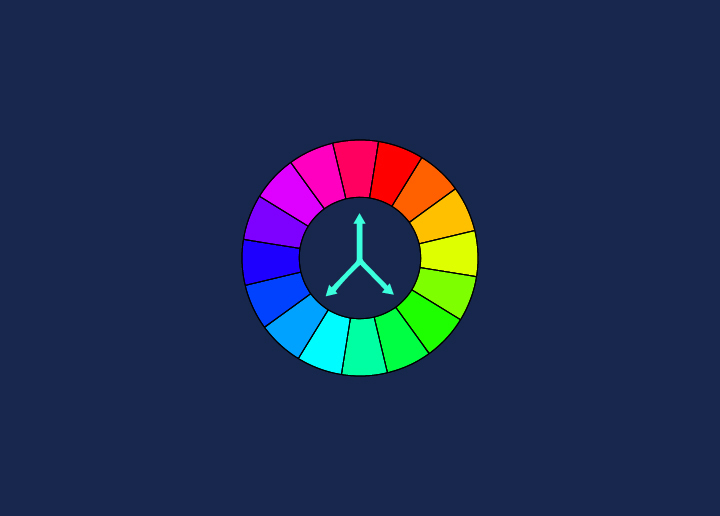Typography has many strokes, from the thick, heavy strokes of an extra black typeface to a hairline typeface’s fine, delicate strokes. The thickness of a stroke is usually measured in points; the thinnest possible stroke is 0.5pt, while the thickest possible stroke is 72pt.
Different Types of Strokes
Typography has four types of strokes: the hairline, the thick line, the serif, and the sans serif.
- Hairline: The hairline is the thinnest line in a typeface and is used to create fine details.
- Thick line: The thick line is the heaviest weight in a typeface and is used to make bold statements.
- Serif: The serif is a small projection at the end of a stroke that adds decorative detail.
- Sans: The sans serif is a typeface without serifs used for headings and display work.
How to Use Strokes for Web Design?
In web design, strokes are the lines that make up a letter in a typeface. They can be used to add visual interest to a web page or to create an effect that is pleasing to the eye.
There are several ways to use strokes in web design.
- One way is to use them as a decorative element on a web page. This can be done using different colors for the strokes or different thicknesses and widths.
- Another way to use strokes is to create an effect that makes the text on a web page stand out. This can be done by adding a stroke around the text or using a different color for the stroke than the web page’s background color.
When using strokes in web design, it is essential to consider how they will affect the web page’s overall look. Too many strokes can make a web page look cluttered and busy, so it is essential to use them sparingly. It is also important to consider the size of the strokes when using them on a web page. If they are too small, they may not be visible; if they are too large, they may overwhelm the other elements on the page.
Best Practices for Working with Typeface Strokes
Here are a few things to remember when working with typeface strokes in your web design:
- The thickness of the strokes should be consistent throughout the design.
- The strokes should align with each other; this can be achieved by using a baseline grid.
- The spacing between the strokes should be even, known as kerning.
Conclusion
Strokes are essential to any typeface and should be carefully considered when designing a web page. Understanding the different types of strokes can help you create a more balanced design that looks appealing to viewers. Knowing what kind of stroke to use will ensure your text is readable and easily comprehended. Taking the time to understand strokes before starting a project is critical for creating beautiful and effective designs.




















